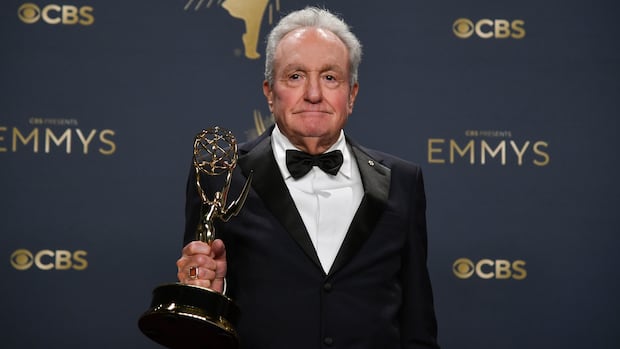On September 22, 1975, Sara Jane Moore, aged 45, dropped off her son at his San Francisco school before visiting a private gun dealer. Moore later expressed to the Los Angeles Times that her actions, including drawing a .38-calibre pistol and firing at then-president Gerald Ford outside a hotel, were a form of “ultimate protest against the system.” Despite having a history of mental illness and involvement in radical left-wing groups, Moore missed her target in two attempts.
Interestingly, Moore was not the only woman attempting to assassinate the president that month. Lynette (Squeaky) Fromme, previously associated with Charles Manson’s cult, was apprehended by a Secret Service agent 17 days earlier in Sacramento as she aimed a gun at Ford. Moore, whose passing at 95 was recently reported, maintained that she did not act under Fromme’s influence. Moore admitted guilt, while Fromme, akin to Ryan Routh convicted of a recent assassination attempt on Donald Trump, was a challenging defendant. Both women served lengthy prison terms and were released in the late 2000s.
On October 25, 1975, a nascent NBC late-night comedy show aired its third episode. A sketch on the show, created by Canadian producer Lorne Michaels, featured Laraine Newman portraying Fromme on a talk show called “Dangerous But Inept.” The sketch humorously depicted Jane Curtin as an interviewer while teasing Moore as the next guest.
The early history of Saturday Night Live (SNL) comprises clashes with NBC censors and confusion among affiliates regarding the show’s humor. As SNL commences its 51st season, the late-night television landscape has evolved significantly, with Stephen Colbert’s CBS show nearing its end and Jimmy Kimmel facing a suspension after controversial comments about Charlie Kirk.
Ford, known for his good-natured response to jokes on SNL, engaged with the show during his presidency. The show’s satire of Ford, especially through Chevy Chase’s portrayal, resonated with audiences. Despite occasional missteps during his presidency, Ford’s ability to take humor in stride endeared him to SNL’s creators and viewers alike.
The relationship between SNL and political figures has continued over the years, impacting public perceptions and media coverage. Notable cameo appearances and satirical portrayals of candidates have shaped public discourse and highlighted the transformative power of political comedy in American culture.



